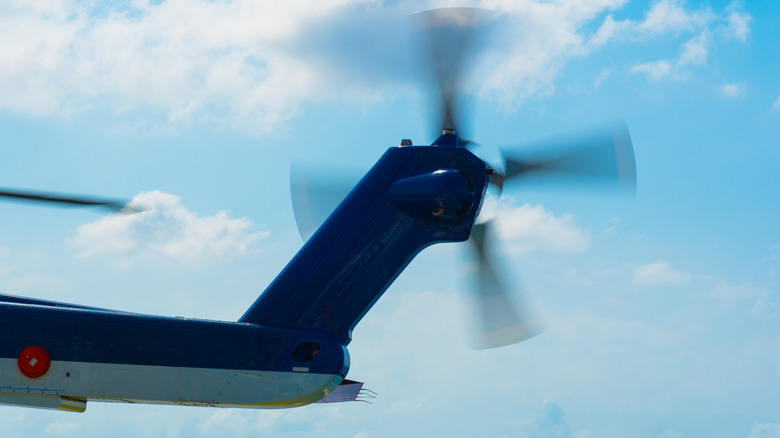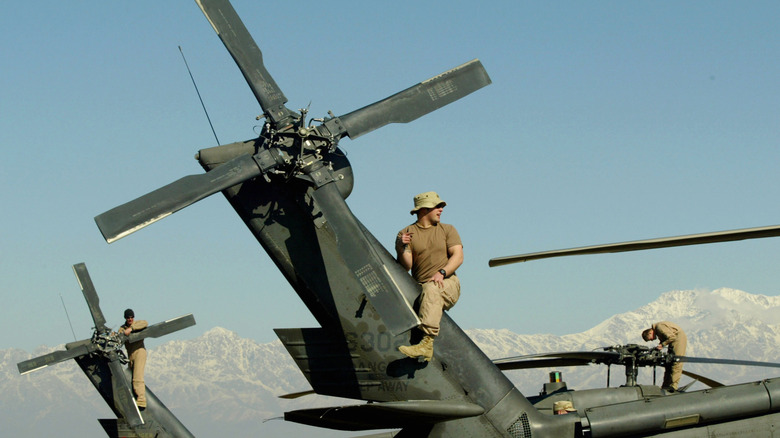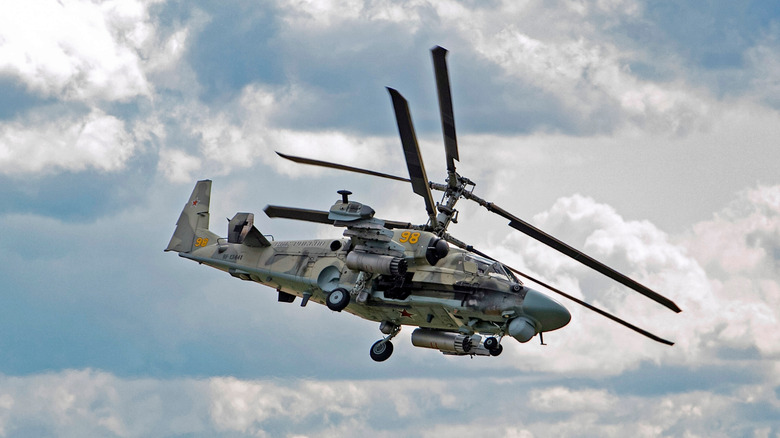Why Do Helicopters Need Tail Rotors? (And How Some Can Fly Without Them)
The fundamental design principles behind rotary-wing aircraft date back to the Renaissance, with some of the earliest-known designs belonging to Leonardo da Vinci. Naturally, technology has dramatically advanced since then, but the underlying physics governing flight will always remain the same. In order for a vehicle to fly, it must produce enough lift to counteract the forces trying to keep it on the ground. Rotorcraft come in all shapes and sizes, most commonly helicopters, but also gyrocopters, gyrodynes, and rotor kites, among others.
All of these use the same concept of a spinning rotor; what differentiates a helicopter in particular is that it generates lift and thrust from its horizontal rotor(s). This method requires the rotor to be powered, otherwise it wouldn't spin fast enough to create enough force to maintain altitude, and is fundamentally why helicopters need tail rotors.
As a powered rotor spins, it generates torque in the opposite direction of rotation; if the rotor spins counterclockwise, the body wants to spin clockwise. Many helicopters use tail rotors to counteract this force, while others feature multiple counter-rotating rotors which cancel out the torque forces, such as the 60-year-old CH-47 Chinook. The tail rotor blades can pitch up and down to control the direction of the fuselage, similar to how the main rotor blades also alter their geometry to move the helicopter.
How a tail rotor works
Helicopter rotors impart spin on the fuselage because of Newtonian physics — that is, when an object exerts a force on another object, the second object also exerts its own equal and opposite force. For example, if you push down on the ground, the ground pushes back; if it didn't, then your hand would simply pass right through. Therefore, when a helicopter rotor spins, it's also trying to spin the fuselage the opposite direction with an equal amount of force. There are numerous ways to counter this, but the most common method is the tail rotor.
A tail rotor works by running a separate driveshaft to the tail rotor assembly, which features its own control surfaces that modify the blade pitch. If a pilot depresses the right-side pedal on a helicopter with a counterclockwise main rotor, this will increase the tail rotor pitch, increasing the torque the tail rotor imparts, spinning the helicopter to the right. The opposite applies when turning left; decreasing pitch lowers the amount of air the tail rotor affects, thereby decreasing its torque and making the aircraft turn left.
Because the torque changes with the main rotor's angle of attack and engine power, a pilot must adjust the tail rotor through the pedals every time they adjust the main rotor. In other words, when a pilot pulls up on the collective lever in a helicopter with a left-hand turning main rotor, they also need to apply enough left pedal to keep the helicopter pointing in the correct direction. Similarly, the reverse is true of helicopters with right-hand spinning rotors.
How tailless helicopters fly
Some helicopters use other means to eliminate the inherent torque of the main rotor, with most featuring a second main rotor spinning in the opposite direction. These include tandem-rotor helicopters like the aforementioned Chinook, which has two main rotors on separate axles with overlapping blade paths. Some helicopters instead mount the main rotors on winglets instead of lengthwise down the fuselage, such as the Mil V-12 prototype, the largest helicopter ever built.
The other major group of tailless helicopters involves utilizing multiple contra-rotating propellers in the same mast, with one famous example being the Kamov Ka-50 series. These function with the same principles as tandem-rotor designs, only differing by having one rotor mounted on top of another. This necessitates multiple complex control linkages to properly actuate each rotor, because they're both using a common base to spin in opposite directions.And the final dual-rotor design is the intermeshing-rotor helicopter like a K-MAX, which uses two main rotors mounted on angles on either side of the fuselage.
It looks strange, but this design is more compact and maneuverable than a conventional tailed helicopter, with some emergency services taking advantage of its characteristics. Regardless of the specific layout, the physics between all these systems remain identical; the net torque imparted on the fuselage is nullified when both rotors have the same pitch angle. Basically, with two main rotors spinning in opposite directions, they cancel each other out, negating the need for a tail rotor.


